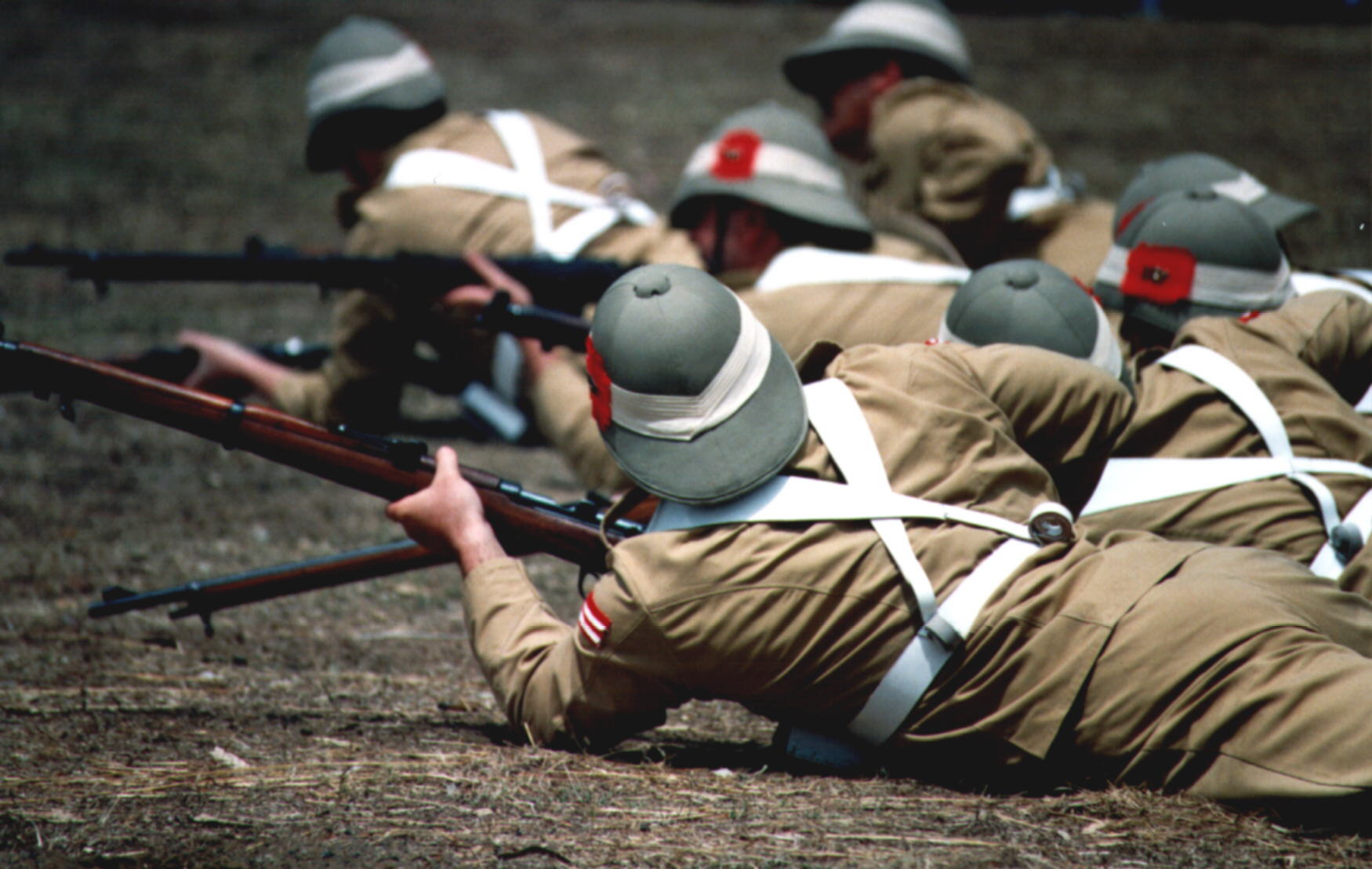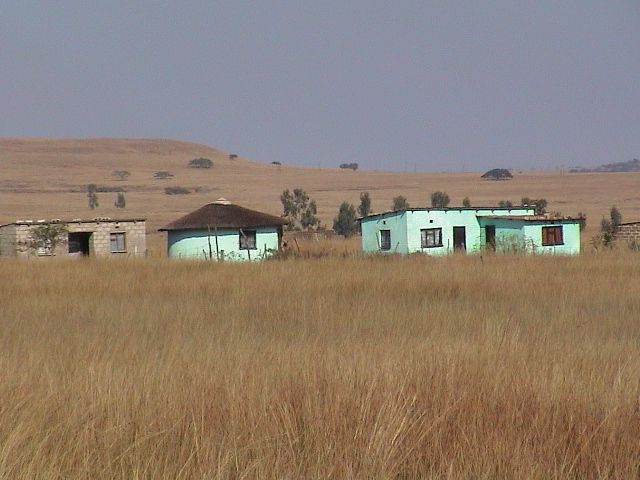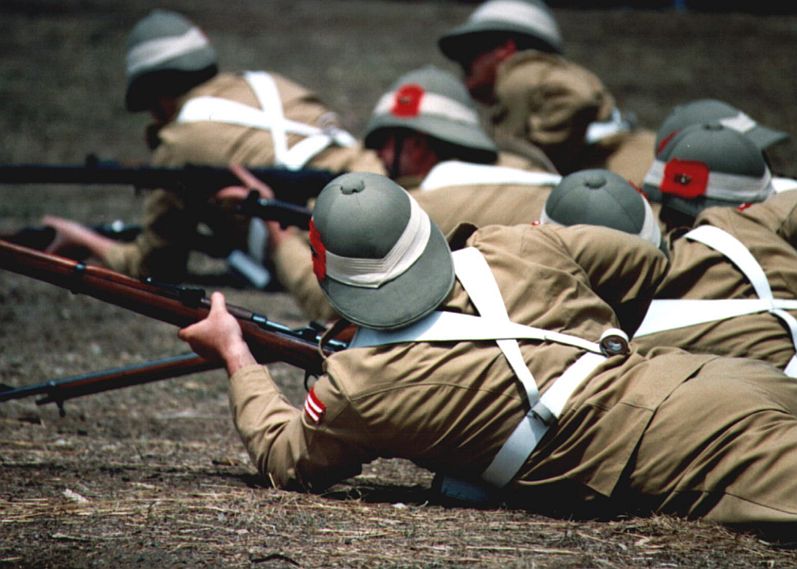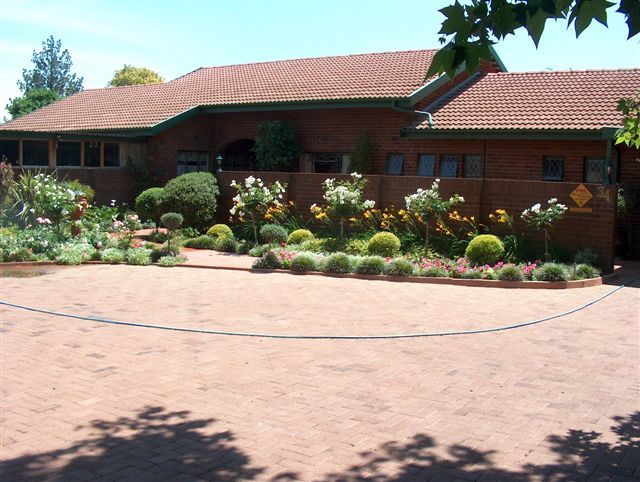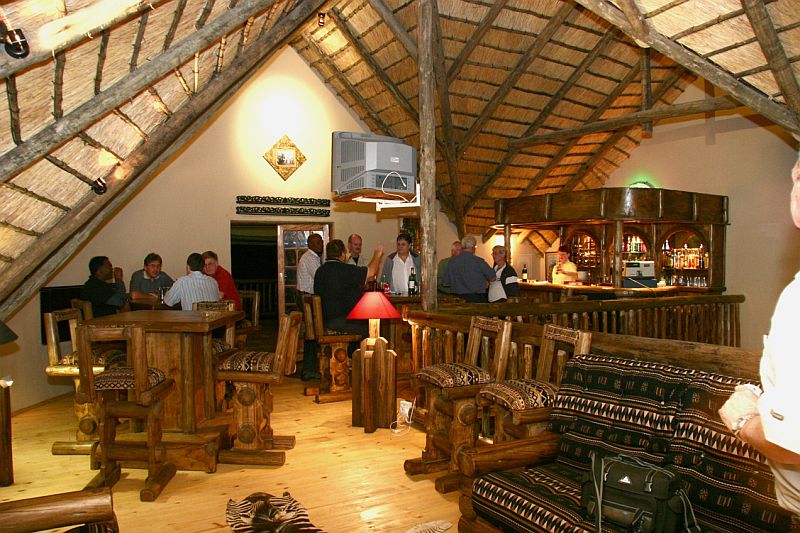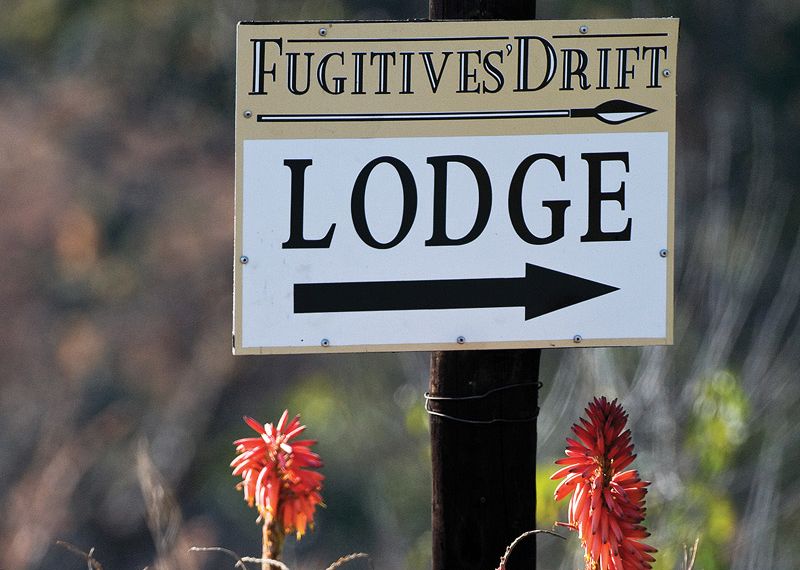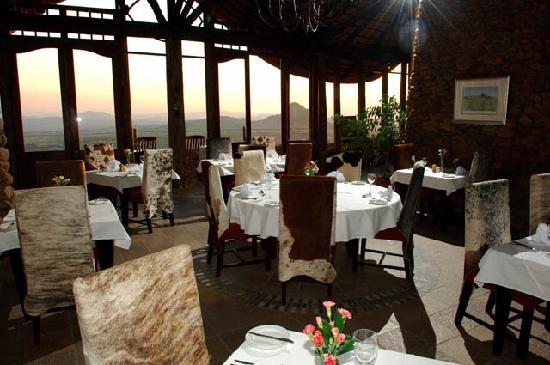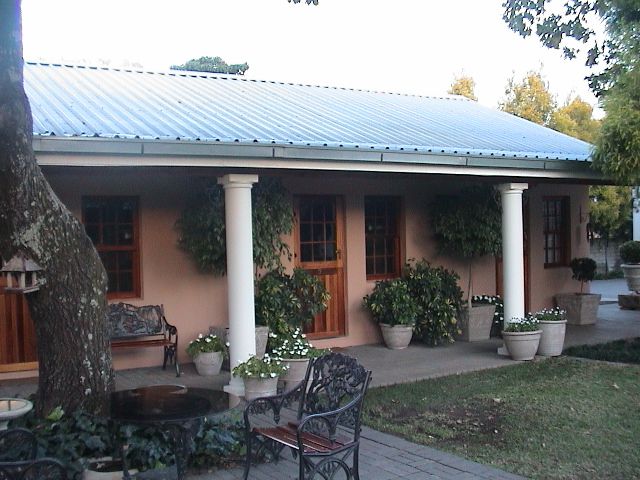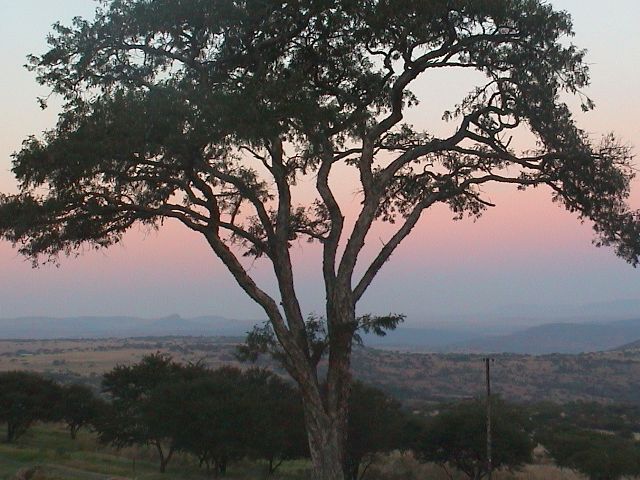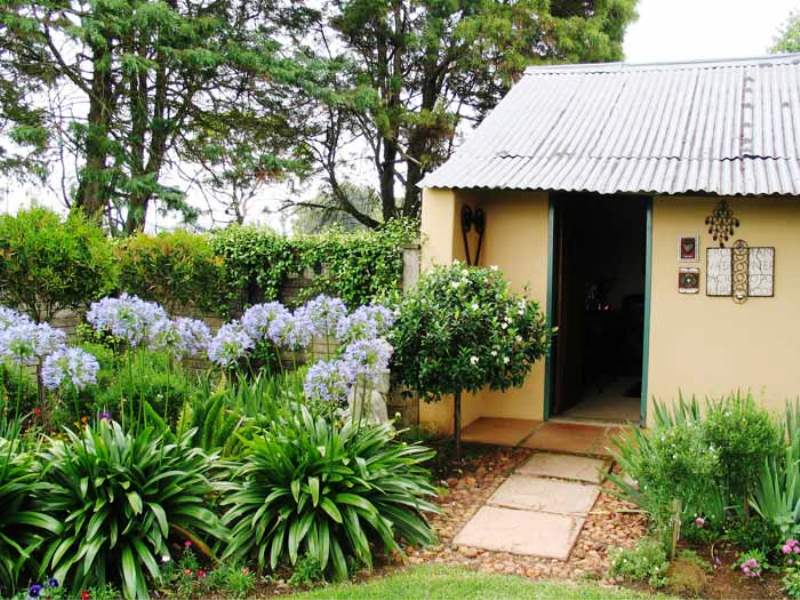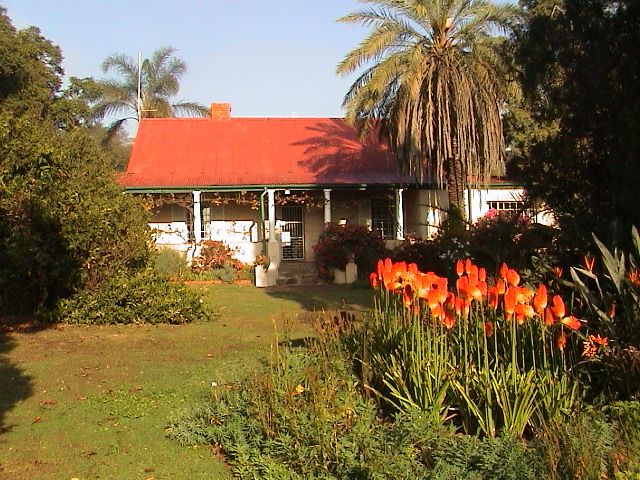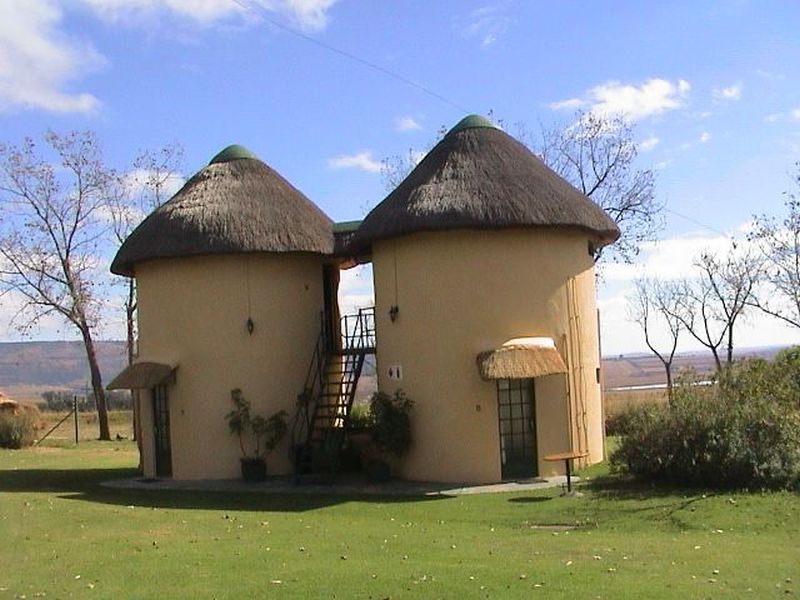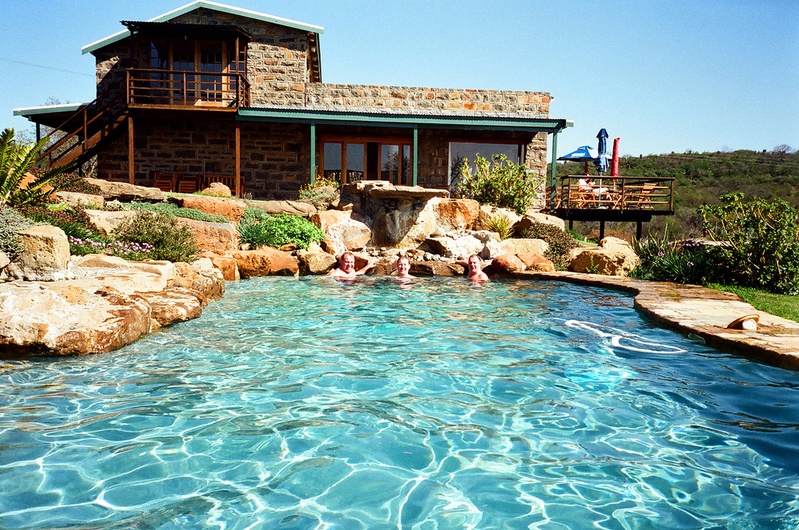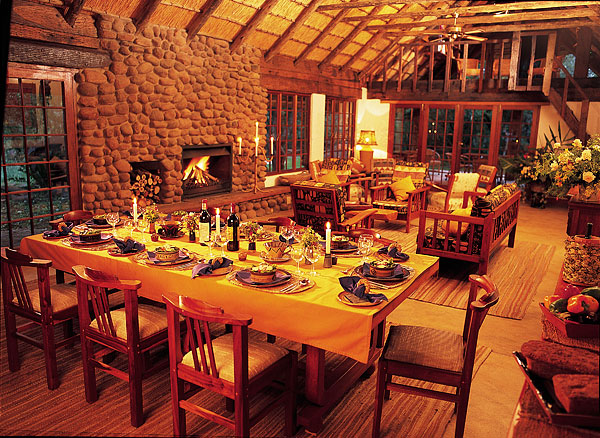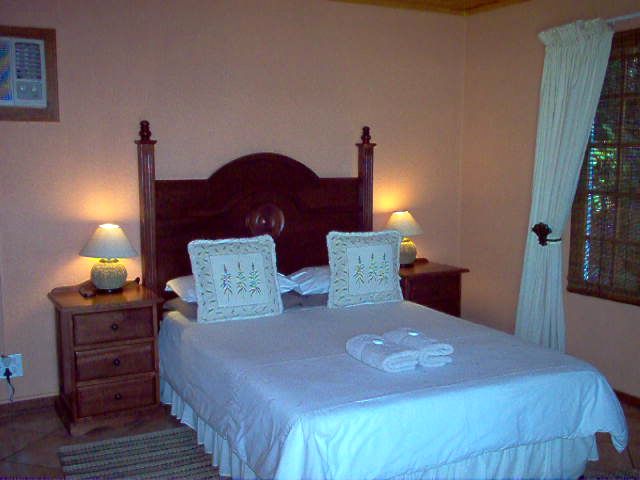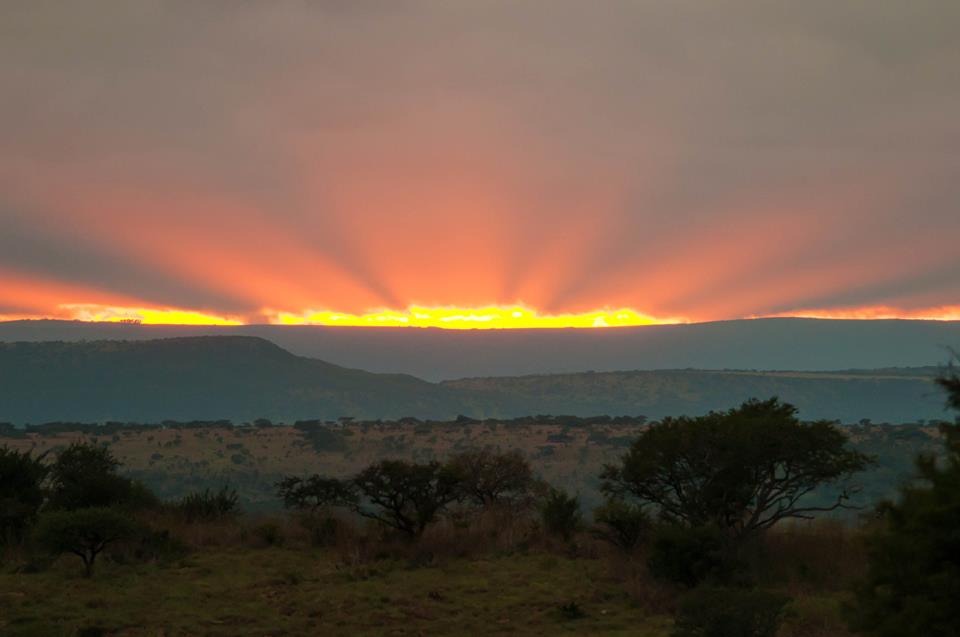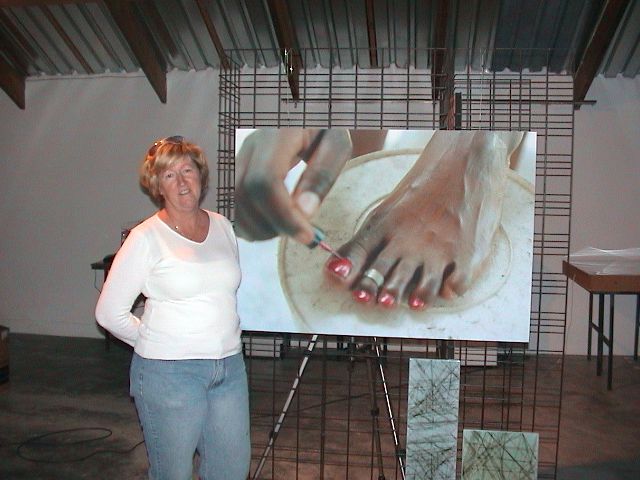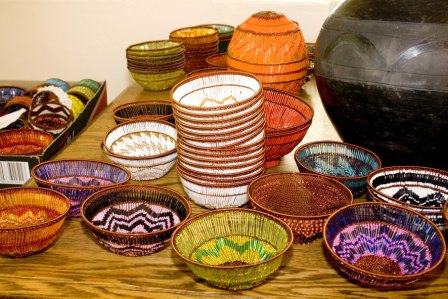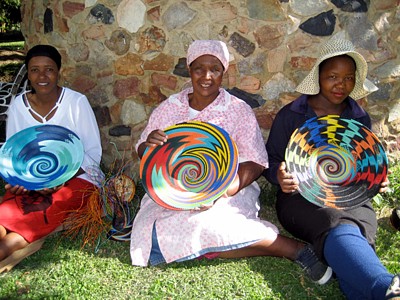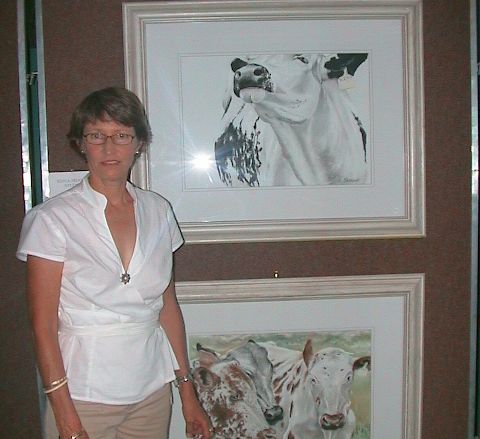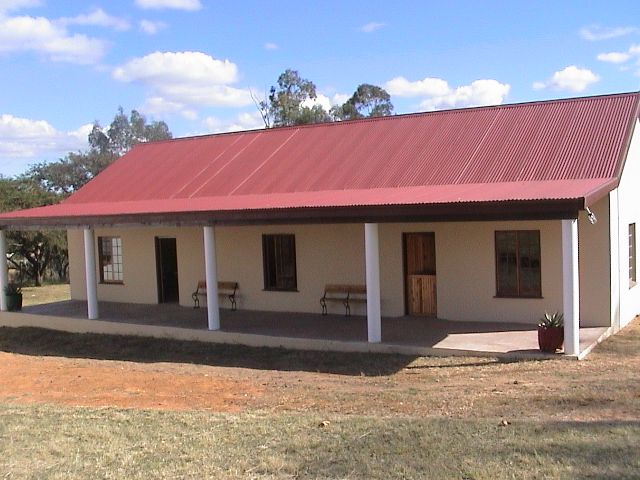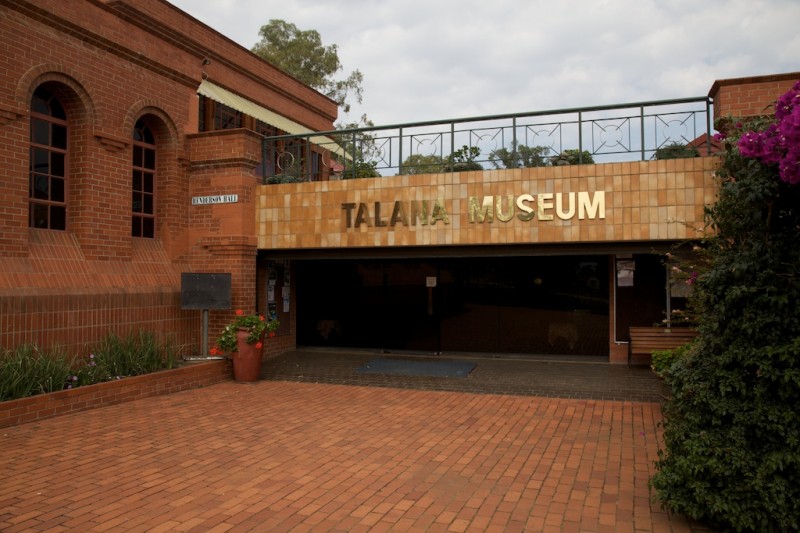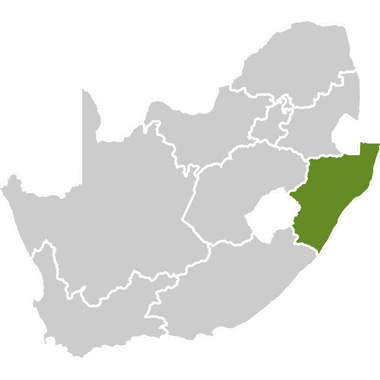The Nguni Route incorporates an area of scenic landscapes combined with historical and cultural attractions. The districts in which the route is situated have some of the poorest rural communities in KwaZulu-Natal. The name of the route is derived from the Nguni language of which Zulu is a sub-category. It also refers to Nguni cattle that play an important role in traditional Zulu celebrations.
This section of KwaZulu-Natal will always be remembered for the fierce clashes that played an integral role in determining South African history. The area has been aptly referred to as both the ‘The Turbulent Frontier‘ and the ‘Crossroads of South African History’. It contains many sites of conflict between the Afrikaners, the Zulu and English, including some of the most significant battle sites in South African history – the Battle of Blood River, the Battle of Talana, Isandlwana and Rorke’s Drift – are all found in the area. Winston Churchill’s historic reference to the town of Ladysmith, “famous unto the uttermost ends of the earth“, holds true for the area as a whole.
The Battlefields are fascinating, yet after finding out about what happened in the past to shape the area today, it is a worthwhile experience to visit the communities that border the well-known towns of Dundee and Ladysmith. The Battlefields have always been a major attraction of the area, however many are unaware that there is also the opportunity for visitors to experience the day-to-day life of Zulu people today.
Reasons to visit:
The area has a variety of bird species, including two endangered species, ground hornbills and the bald headed ibis. Dundee has one of only two pairs of black eagles in South Africa nesting in its trees.
Local farmers are working together to encourage wildlife to return to their farms, to reintroduce game, protect surviving species, and to promote tourism in the area. After a farmer dropped his fences to form a conservancy, oribi re-appeared after not having been seen for 80 years.
The landscape is dotted with thorn trees, huts, mountains and rivers, making the Nguni Route a must-see. The area is predominantly inhabited by Zulu people who belong to the larger Nguni group whose origin is mostly lost in an oral tradition that precedes recorded history.
Zulu people are well known for their colourful beadwork and decorative beadwork is sold at many outlets in the region. What makes Zulu beadwork unique is the code by which particular colours are selected and combined in various ways to shape messages that at the same time are woven into decorative geometrical designs.

